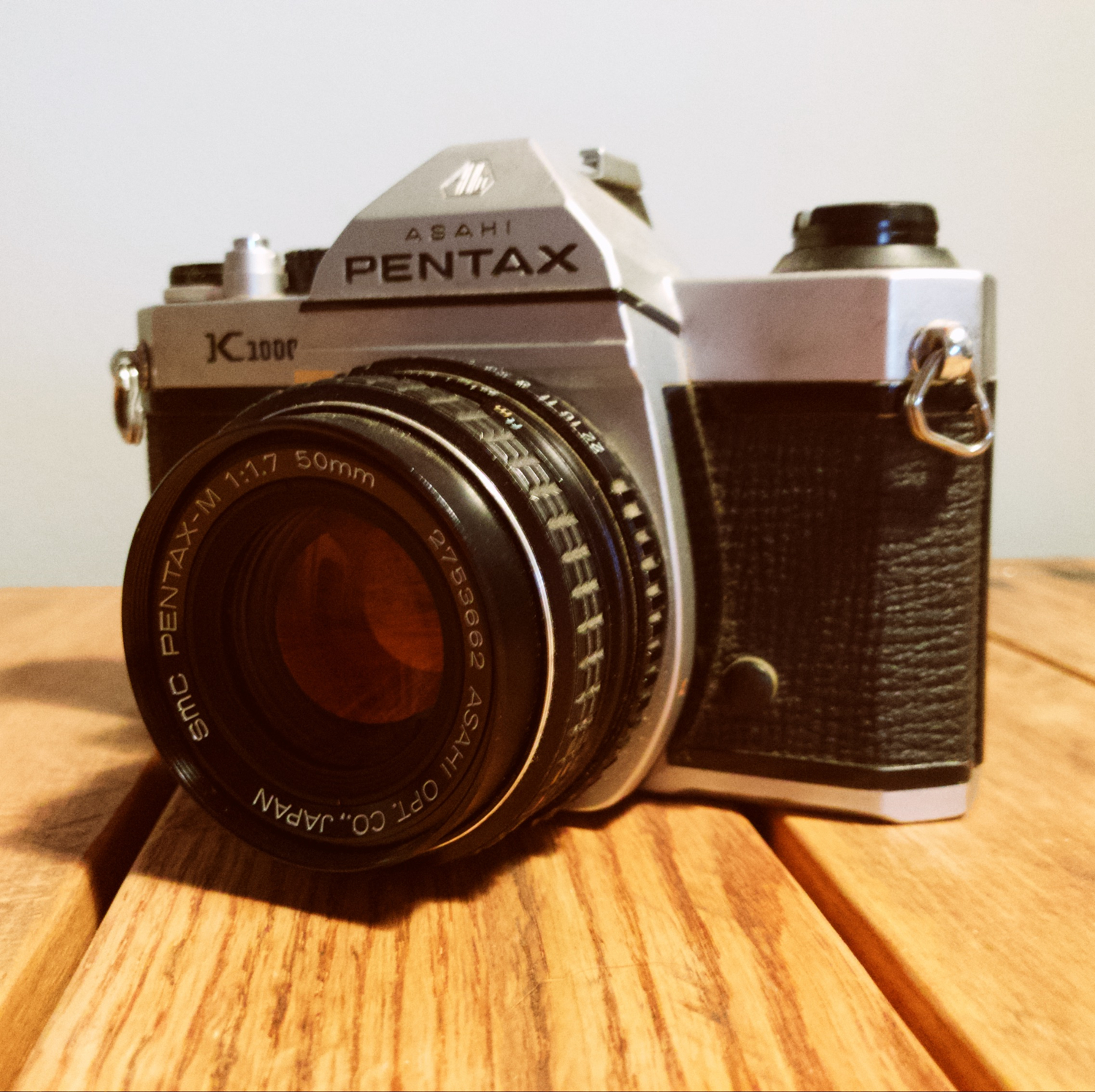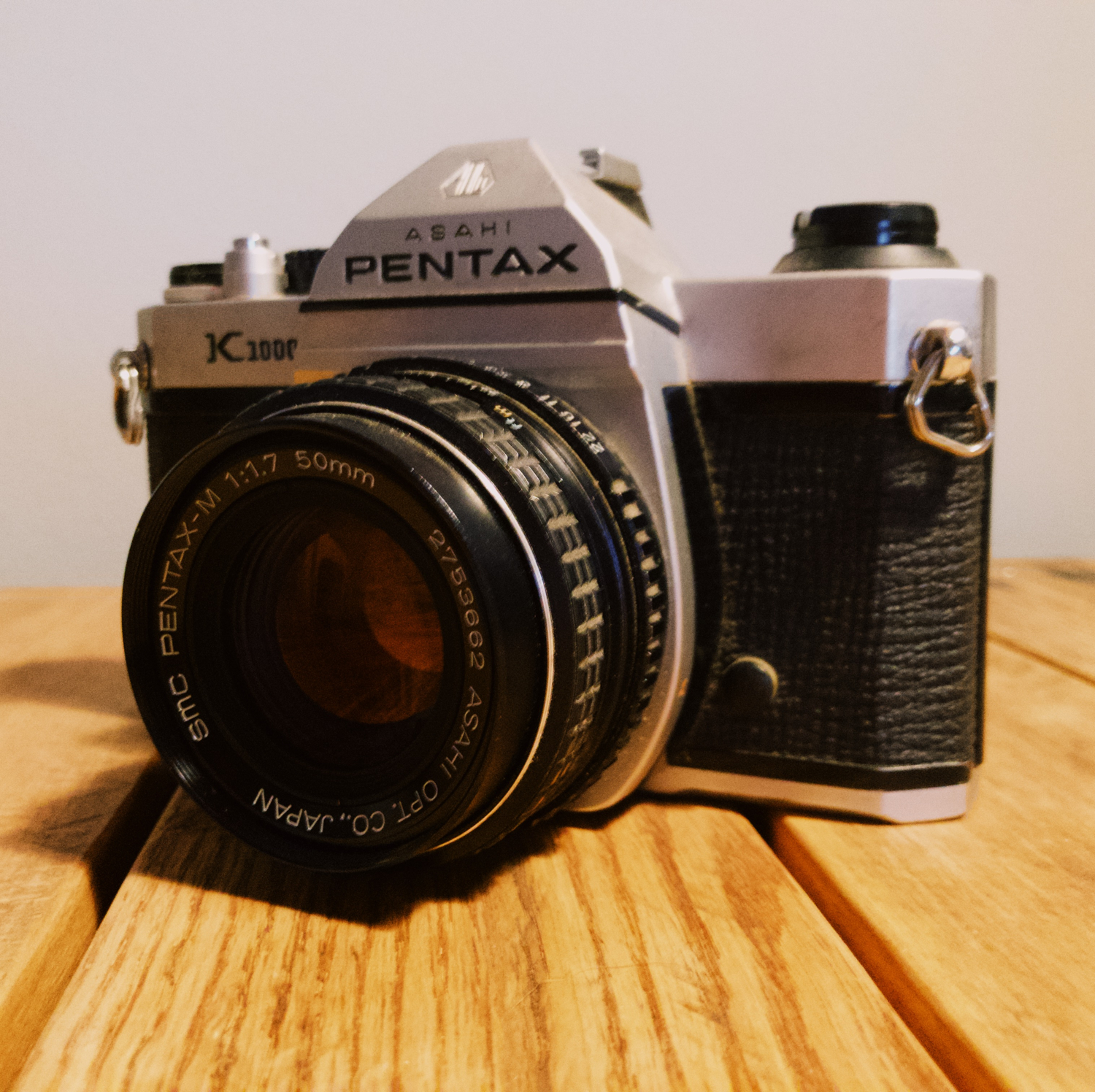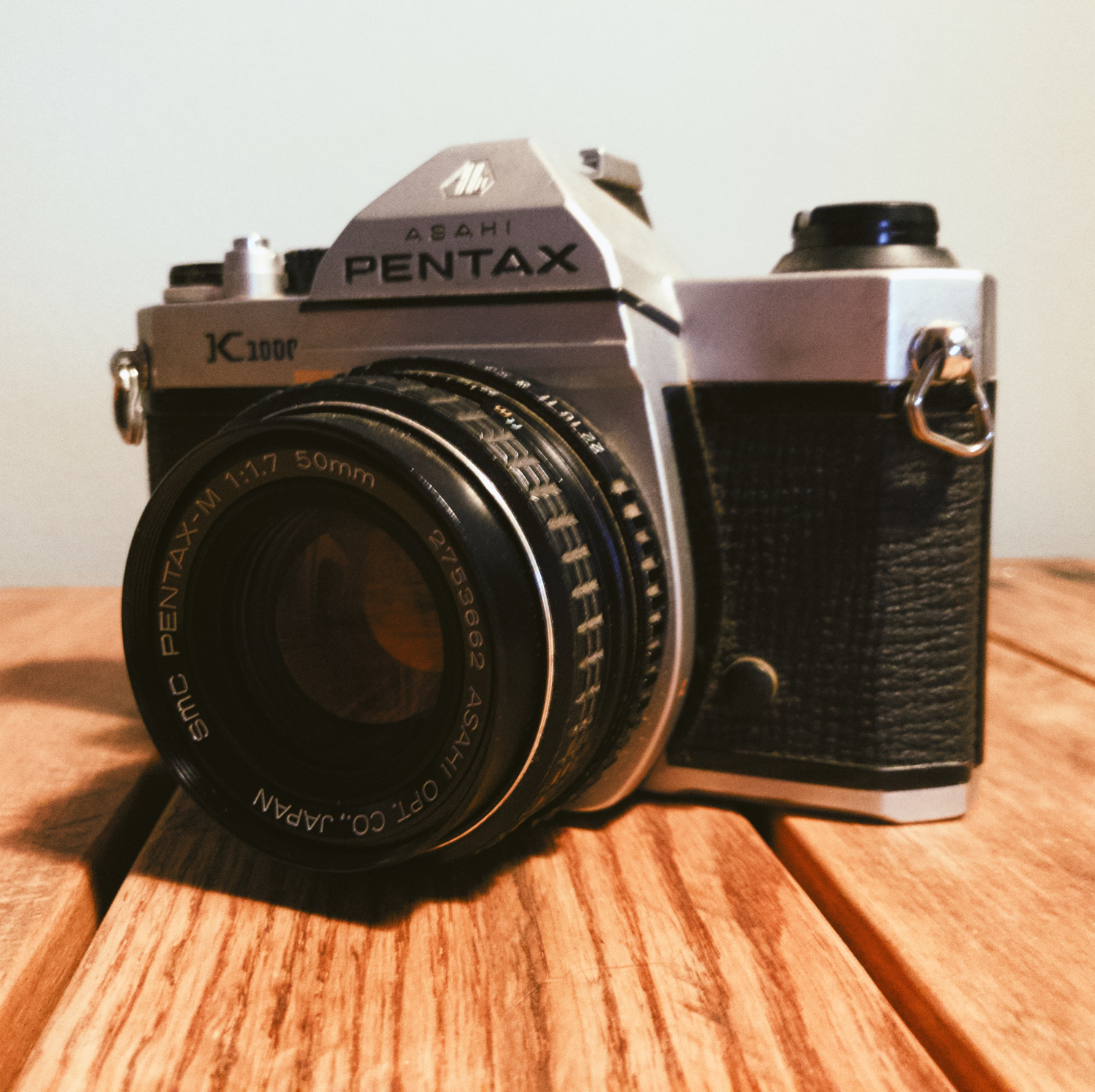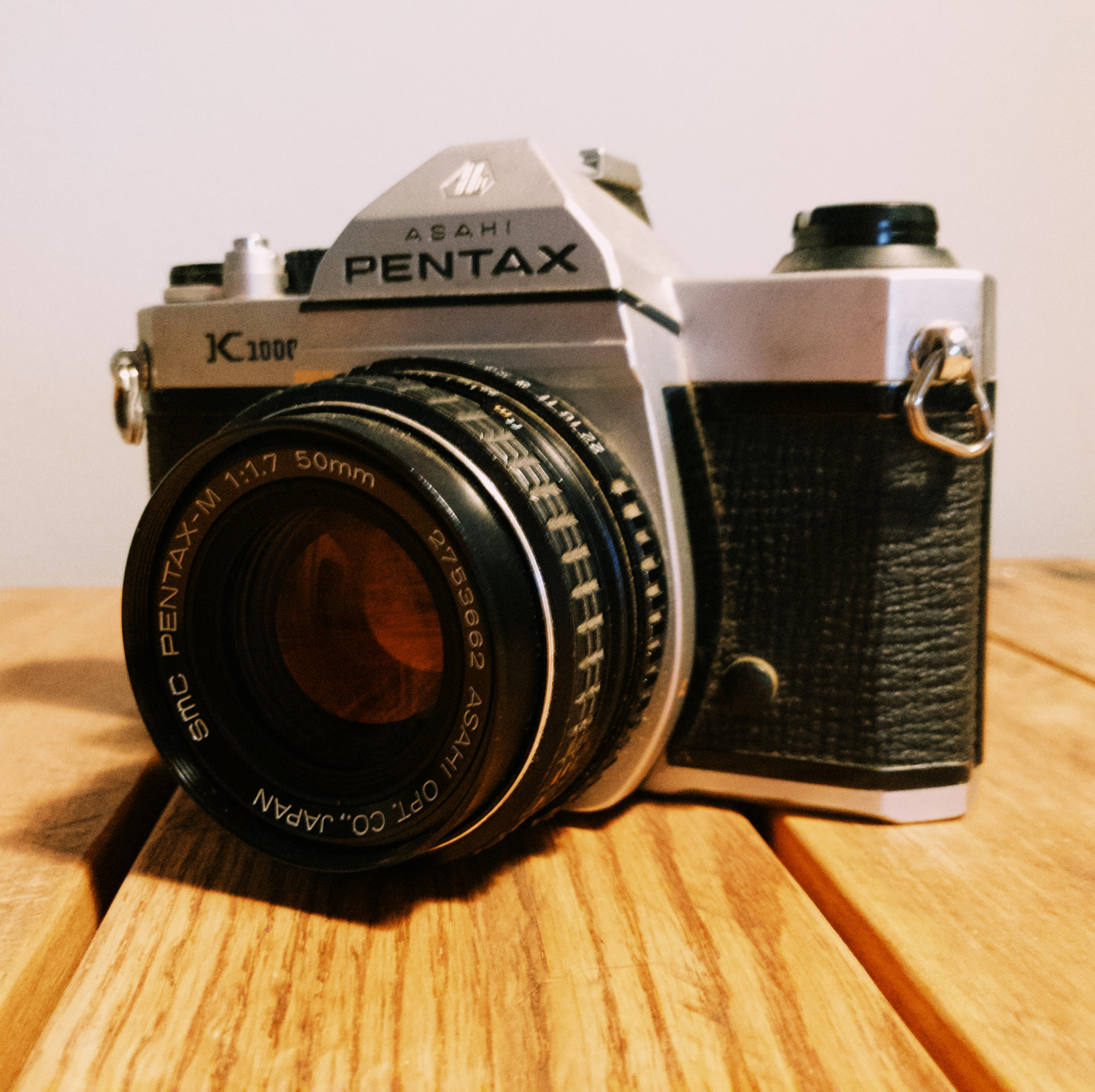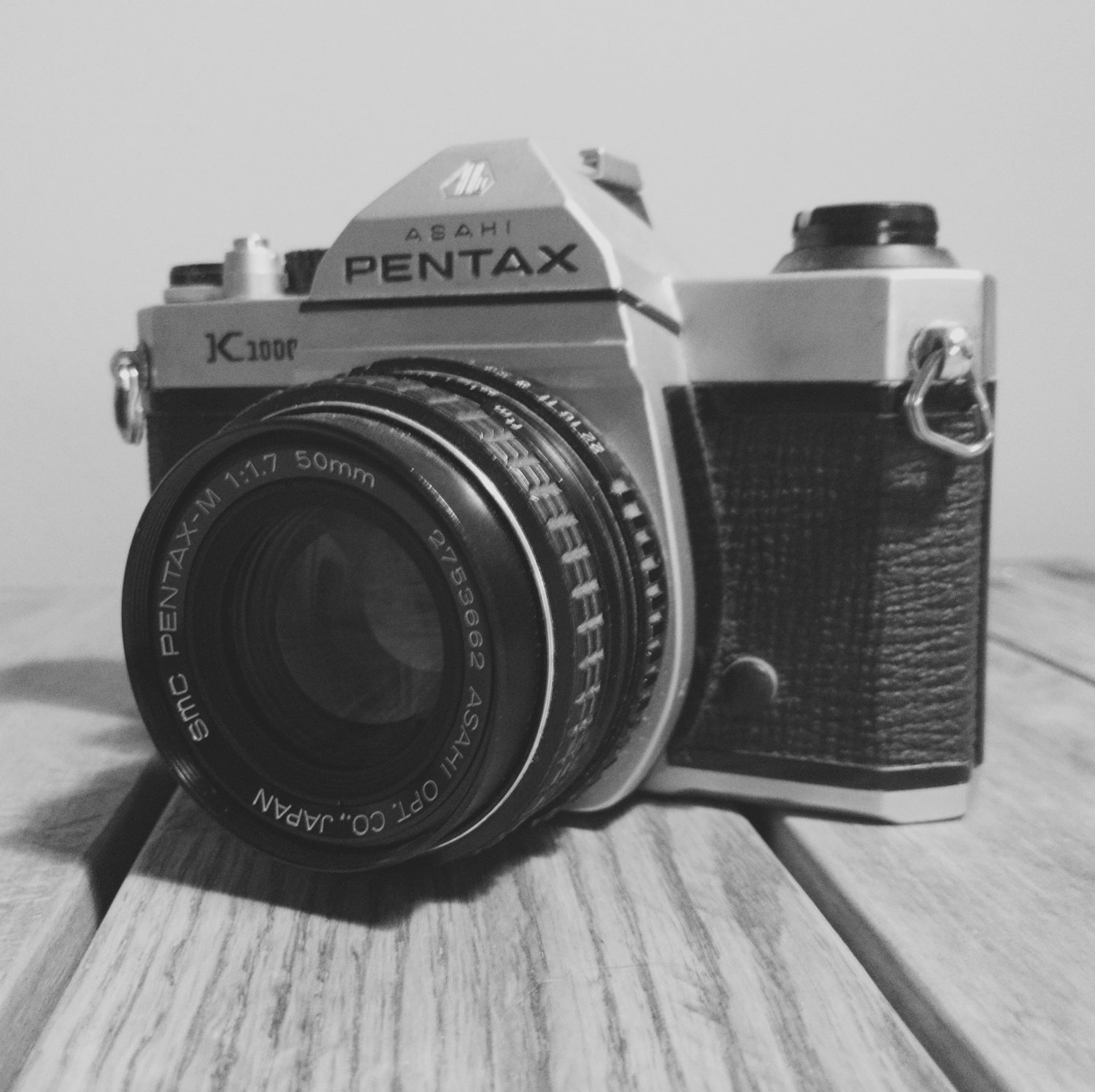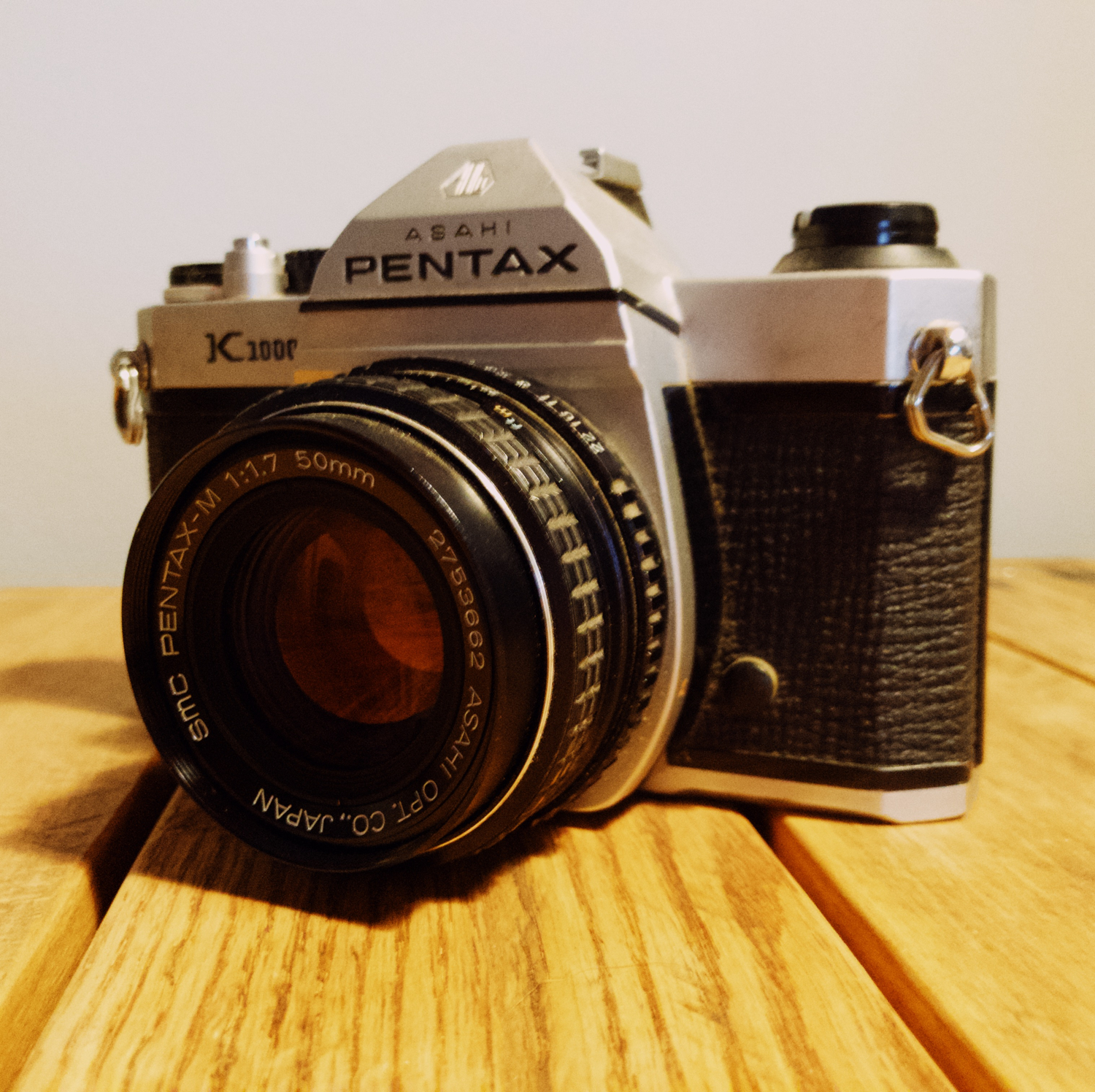Vintage-inspired digital presets aren’t difficult to find, but VSCO X takes the retro inspiration to a new level by designing digital filters from specific film types. Looking for Fujifilm Superia 400, or Kodak Tri-X black and white? You’ll find it scrolling through VSCO X’s filter library.
VSCO X is a paid version of the free VSCO app — which, of course, begs the question: What’s the difference, and is it really worth the $20 annual fee? We put VSCO X through the paces to see what the advanced version offers for mobile photographers.
What’s the difference between the free VSCO and VSCO X?
As the premium version of the app, VSCO X contains over 130 presets. Users on the free version can buy some of these presets in packs, but VSCO X users get all of them, right off the bat. What’s more, the Film X presets, which include Fujifilm and Kodak-inspired filters, are exclusive to VSCO X users.
VSCO X is like having dozens of different rolls of film in your pocket.
Along with the hundreds of presets, VSCO X users gain access to new features first. Of course, users won’t always know what features are coming, but whenever a new feature is released, X subscribers will be the first to see it. Currently, X subscribers have early access to video editing tools that are not part of the free app.
While the free app includes some filters and custom photo controls, a VSCO X subscription comes with everything — all the filters and all the tools. VSCO also has an education series exclusive to X users with tips and how-tos. Of course, it also includes the annual subscription price that works itself out to be less than $2 per month, but could still be a turn off for some users.
VSCO X User Interface
The app opens on the Studio page, while icons at the bottom navigate to the app’s social community and the user profile. From the Studio section, mobile photographers can upload a photo from the camera roll or use VSCO’s built-in camera. The built-in camera offers manual features, including exposure compensation, shutter speed, manual focus, and even the option of shooting RAW files which will grant you more flexibility in editing. Along with shooting stills, users can switch to the DSCO mode to create a GIF, then apply a limited selection of filter options to the animated image.
The built-in camera option is nice — but the reason to opt for an X subscription is inside the apps’ editing options, including access to 130 filters. And as awesome as that sounds, it does come with the challenge of sorting through all of them. While the sheer number of options feels a bit daunting at first, VSCO has built in several tools to make finding the right filter easier.
First, filters are arranged in collection sets — for example, all the Kodak film options are together. Next, you can save preferred filters as your favorites. Favorites will always show up first among the filter options, but if that’s not enough, you can also hide entire groups of filters to reduce the amount of scrolling required. If you don’t care for, say, the Oakley sunglasses filters or the the crazy colors of Distoria, you never have to see them again.
The sheer number of options feels daunting, but VSCO has tools to make finding the right filter easier.
Working with filters is straightforward. A small thumbnail shows a preview of what that filter option looks like on the selected photo, along with a shortened version of the filter’s name. Tapping the filter applies the effect to the image, while tapping again displays more options (as well as filter’s exact name). From here, you can adjust the intensity and warmth of the filter.
However, real film reacts differently to varying conditions in the scene, such as the color temperature of lights. A digital photo, on the other hand, can be white balanced for different conditions, and digital filters are more uniform in the adjustments from one image to the next. To cross that gap, a “character” slider allows you to access some of the variants inside that film type. The character slider brings the digital filters even closer to mimicking the actual film that inspired them.
At the bottom navigation menu, the next option is for the custom adjustments. VSCO X includes all the usual options you would expect, along with a few options that are a bit harder to find on mobile platforms, including two skew crop options and a skin tone slider. Other editing options include exposure, contrast, straighten, crop, sharpen, clarity, saturation, highlights, shadows, temperature, tint, vignette, grain, fade, shadows tint, highlights tint, and borders. As the adjustments are applied, the changes show up in real time on the image. The exact control scheme depends on the tool selected, but a majority use simple sliders. The crop tool allows for custom sizes or selecting from the most common aspect ratios.
Next up are photo recipes, which are essentially custom filters. After editing a photo in a style that you particularly like, you can save that image as a recipe that can be applied to future photos in a single tap.
Like filters, individual editing tools can also be organized. Tapping and dragging a tool allows you to rearrange adjustments into a custom toolbox. For example, if your photo style favors warmth, you can move the white balance option so that it’s the first tool you see. Recipes can also be organized in a similar drag-and-drop manner.
The VSCO look
Compared to many other film-inspired filters, VSCO X’s film presets feel less forced and look more like real film. The presets use the green-magenta color shifts found in some film types without making the tint overpowering. Contrast isn’t faded to the point of making the photo look like it’s been sitting in direct sunlight for the past 20 years. Instead, VSCO X captures the look of freshly processed film. Several of the presets are also included at different “speeds,” which factors in the added grain of higher ISO films. The Fujifilm and Kodak collections are our favorites for those reasons, and both are exclusive to X subscribers.
With VSCO X, filters can also be applied to videos. As with photos, the changes are previewed in real-time, and the only difference is that videos take longer to export and save to your camera roll rather than inside the app. Some tools, like crop and skew, are missing on the video side. There also aren’t any tools specific to video, like stabilization or the ability to stitch multiple clips together. But, the ability to apply film effects to video is quite unique, making VSCO X a good final stop for videos that you have already cut in other programs.
As with the free version, VSCO X lets you post your creations to the VSCO community. We won’t spend much time on this aspect, since it isn’t new, but the platform can serve as a place for inspiration and feedback from other like-minded users.
VSCO X offers excellent film filters that don’t feel so fake
Film-inspired effects are everywhere, but those in VSCO X are step above in terms of both quality and flexibility. VSCO X brings exclusive filters designed after specific film types, and the Fujifilm and Kodak presets are truly great. Being able to apply those same filters to video is just icing on the cake.
Overall, VSCO X is an excellent option for mobile photographers who want access to vintage filters that aren’t overdone, difficult to use, or too inflexible. Digital filters won’t replace the experience of shooting with actual film, but VSCO X makes for the closest digital imitation of film we’ve seen yet.
The $20 annual subscription will likely keep some people at bay, but it is reasonable for the features included and will likely be a no-brainer purchase for the right photographers. VSCO offers a seven-day free trial so you can test out the exclusive features to see if membership is worth it for you.







